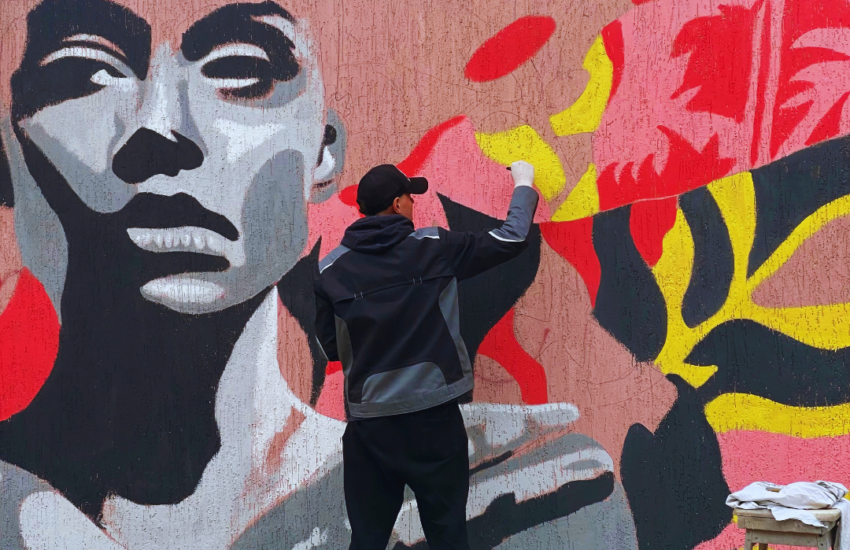The History of Neon Lights
Neon lights have been around for decades, but are they effective? Admittedly, they’re very pretty and, if you weren’t aware, neon lights have a lot of advantages: they produce no heat, they’re bright, they’re cheap to buy, and they’re environmentally friendly. However, they do have disadvantages: they’re not very efficient, and they don’t last very long.
They are one of the coolest things to happen to light in over a century. It’s rare, dazzling, and made for the man who can always be the center of attention. Neon lights are usually found in nightclubs and bars, but can also be found in cars, apartments, or even offices–thanks to online stores like NeonFilter (www.neonfilter.com) that have made it easier for the ordinary folks to purchase these cool stuff.
Neon is a type of lighting used to create a unique and colorful look. Neon signage is the most recognizable form of neon lighting, but neon is used in many other ways. Neon lights are often used for advertising and special purposes. Neon signs are composed of neon tubing that is protected by a sheet of neon glass.
It is a type of colorful illumination found in street lighting and other uses. There are many different colors of neon lighting. Neon tubing is used in neon signs in the form of lettering, an arrow, or a symbol, or used to make a whole sign.
Neon lights used to be a staple in New York and Los Angeles streets, but nowadays, they are mostly found in nightclubs, bars, and restaurants. Neon lights are generally used for decoration and advertising purposes-they emit light, and some of them even have a musical pulse-but they can also be used for various other purposes.
They are an important part of the effects of nightclubs, bars, and other such areas with many people. Not only do they make the area look more pleasant, but they also add to the atmosphere and make the place more memorable. Neon lights are generally used at nightclubs and dance floors to enhance the effect and are also used in bars to create a more interesting atmosphere. Neon lights are available in many different colors and sizes and can be made with a variety of different types of tubes.
Keep in mind that they are never the same color as the light they glow under. They usually have a very bright color, that is either green or blue. Some neon lights have a different color on top of the neon, either red or yellow.
In 1890, six years after the first incandescent lamps were invented, the first neon lights were created by two businessmen who were in the habit of smoking cigars while they worked in their shop. They had the idea to create a tube that would look like a burning cigar and light it up. The device was different from an electric bulb as it was in a sealed tube and was very hot. They called the tube a neon tube, and the first neon lights first appeared in the streets of Chicago in December of that year.
Neon lights are not just an indicator of the seasons-they’re also a great source of inspiration for designers. The glowing lights of an oncoming Christmas parade, for example, can’t help but give your ideas for new decorations for your home. And the best part? It’s a lot easier to make a tiny neon light than you might think.
The most common way to produce neon light is by using electricity to excite the neon gas, to produce a red glow or white light. Neon light has three main components: neon, argon, and mercury. Neon is a gas that stores electrical energy in its atoms. Argon is a gas that is argon produces a faint glowing orange light when subjected to the high electric charge of the neon. Mercury is a heavy liquid that emits a green glow like neon.
Neon lights are made by fabricating a thin layer of neon gas on top of a transparent substrate. These lights work because the neon atoms absorb photons and release electrons. As these electrons flow through the neon gas, they are picked up by an electrical field and re-emitted. This process is called electroluminescence.



